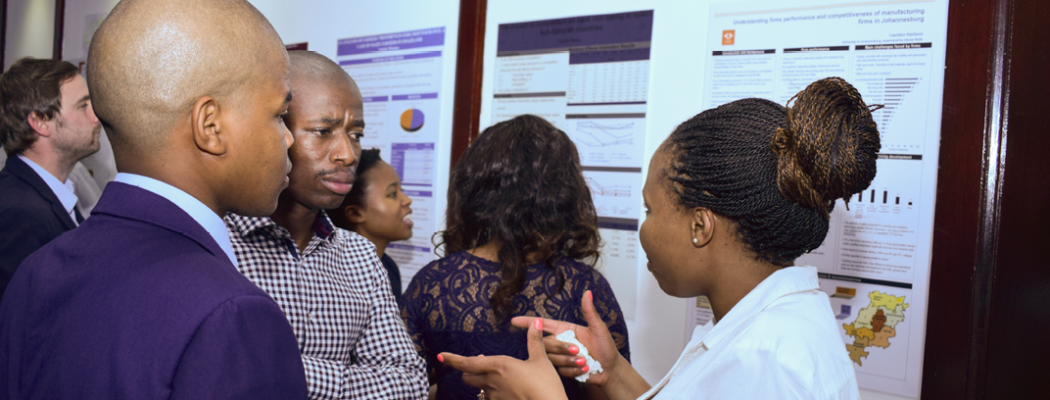SA-TIED seminar on infrastructure development
On 03 February the SA-TIED programme will host an online seminar on infrastructure development in Southern Africa. The presentation will be given by Cornelius Dube, Wellington Matsika, and Gamuchirai Chiwunze under the SA-TIED project work stream on Regional growth for southern Africa’s prosperity.
This presentation is based on two working papers:
Building malls or metros? South Africa’s exports of tradable urban services to the rest of Africa
By Ivan Turok and Justin Visagie
Abstract:
Service industries are increasingly important in international trade and offer additional paths to economic development. There are many opportunities to expand trade in services between South Africa and other African countries. Improvements in urban planning, design, and governance are vital to create more productive and liveable cities. South Africa has many capabilities to support urbanization in Africa. However, South African companies have been relatively unsuccessful at exporting this expertise, and more successful at exporting retail, financial, and telecoms services. One reason is that urban infrastructure projects are discrete, risky, and costly. South African companies have tended to go it alone, with minimal commitment to host nations and little support from governments or other firms. Some have been absorbed into larger multinational corporations. There has been no concerted effort in South Africa to promote tradable urban services as a package of capabilities that could unleash greater economic dynamism within both source and host countries.
Full paper available here.
See slides here.
AND
Special economic zones in Southern Africa: Is success influenced by design attributes?
By Cornelius Dube, Wellington Matsika, and Gamuchirai Chiwunze
Abstract:
Special economic zones (SEZs) in Africa are generally regarded as underperforming relative to their peers in the rest of the world. This study focuses on the design features of the SEZ in Africa that may help explain this underperformance. Literature was reviewed to identify the key design attributes of SEZ programmes that could enhance their success. A case study of six Southern African countries—Mauritius, Namibia, South Africa, Tanzania, Zambia, and Zimbabwe—is then used to assess if these countries’ SEZ programmes meet the ideal design features. The study finds that key design attributes are missing in these countries, hence creating problems in the implementation of SEZ programmes. More importantly, the study identifies lack of developed SEZ geographic areas, especially the requisite on-site and off-site infrastructure, with dedicated authorities to provide such infrastructure, as the main drawback for SEZ programmes in failing countries. The study recommends that countries should pay due attention to all the key design attributes of their SEZ programmes in order to enhance the success of the SEZs.
Full paper available here.
See slides here.
For further information and registration email Bridgman@wider.unu.edu





